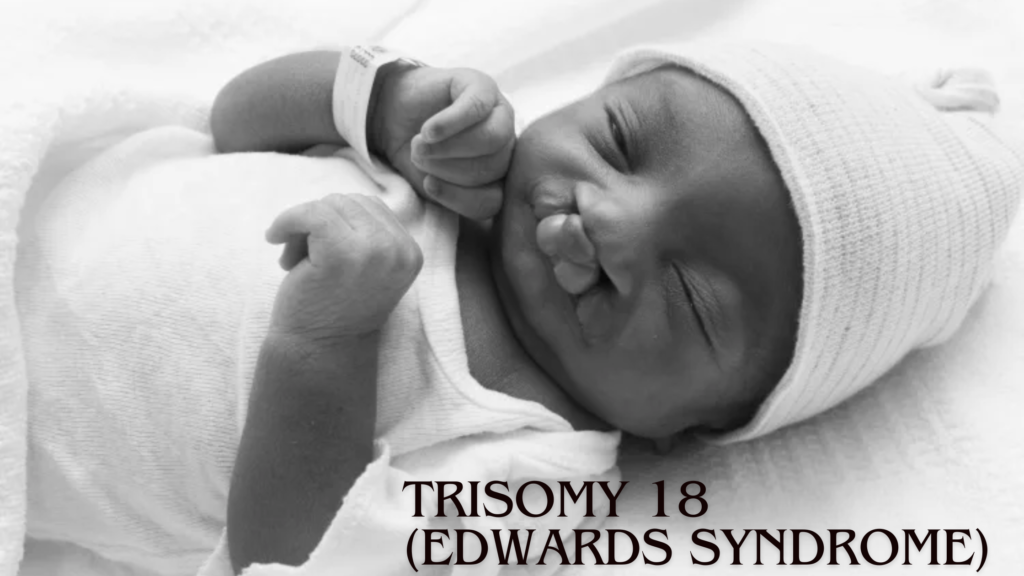Overview
Certainly! Here’s a clear and detailed overview of Trisomy 18, also known as Edwards Syndrome:
🧬 Trisomy 18 (Edwards Syndrome)
Overview
Trisomy 18, or Edwards Syndrome, is a genetic disorder caused by the presence of an extra copy of chromosome 18. This extra chromosome affects how the body develops, often leading to severe intellectual and physical disabilities.
📌 Cause
- Normally, humans have 46 chromosomes (23 pairs). In Trisomy 18, there are three copies of chromosome 18 instead of two.
- This condition usually occurs sporadically (not inherited) due to a random error in cell division (nondisjunction).
- There are three types:
- Full Trisomy 18 (most common): Every cell has the extra chromosome.
- Mosaic Trisomy 18: Only some cells have the extra chromosome.
- Partial Trisomy 18: Only a part of chromosome 18 is extra or attached to another chromosome.
🧒 Who Is Affected?
- Occurs in about 1 in 5,000 live births.
- More common in girls than boys.
- Risk increases with maternal age.
- Many affected pregnancies result in miscarriage or stillbirth.
🩺 Symptoms
Trisomy 18 affects many organ systems. Common signs include:
Physical Features:
- Small head and jaw (microcephaly, micrognathia)
- Low-set ears
- Clenched fists with overlapping fingers
- Rocker-bottom feet
- Heart defects (very common)
- Growth restriction (low birth weight)
Developmental:
- Severe intellectual disability
- Feeding difficulties
- Delayed milestones
Medical Issues:
- Breathing problems
- Kidney malformations
- Spinal and limb abnormalities
- High risk of infections
🔍 Diagnosis
Before Birth (Prenatal):
- Ultrasound: May detect abnormalities.
- Non-invasive prenatal testing (NIPT): Blood test that analyzes fetal DNA.
- Amniocentesis or chorionic villus sampling (CVS): Confirms diagnosis by analyzing chromosomes.
After Birth:
- Physical exam and karyotype test (genetic test) confirm the diagnosis.
❤️ Prognosis
- High mortality rate:
- Over 90% of affected infants do not survive beyond the first year.
- Most die in utero or within the first weeks/months.
- A small number (especially those with mosaic or partial forms) may survive longer with significant disabilities.
💊 Treatment and Care
There is no cure. Management focuses on:
- Comfort and palliative care
- Treating specific complications (e.g., heart defects, feeding issues)
- Some families choose aggressive interventions, while others opt for supportive care only
👪 Support for Families
- Genetic counseling: Important for understanding recurrence risks.
- Emotional, psychological, and palliative care support is vital.
- Support organizations (e.g., SOFT – Support Organization for Trisomy) offer resources and connections.
🧠 Summary
| Feature | Description |
|---|---|
| Chromosomal Abnormality | Extra copy of chromosome 18 |
| Frequency | 1 in 5,000 live births |
| Key Symptoms | Growth delay, heart defects, clenched fists |
| Survival | Low; most die in the first year |
| Treatment | Supportive and symptom-based care |
